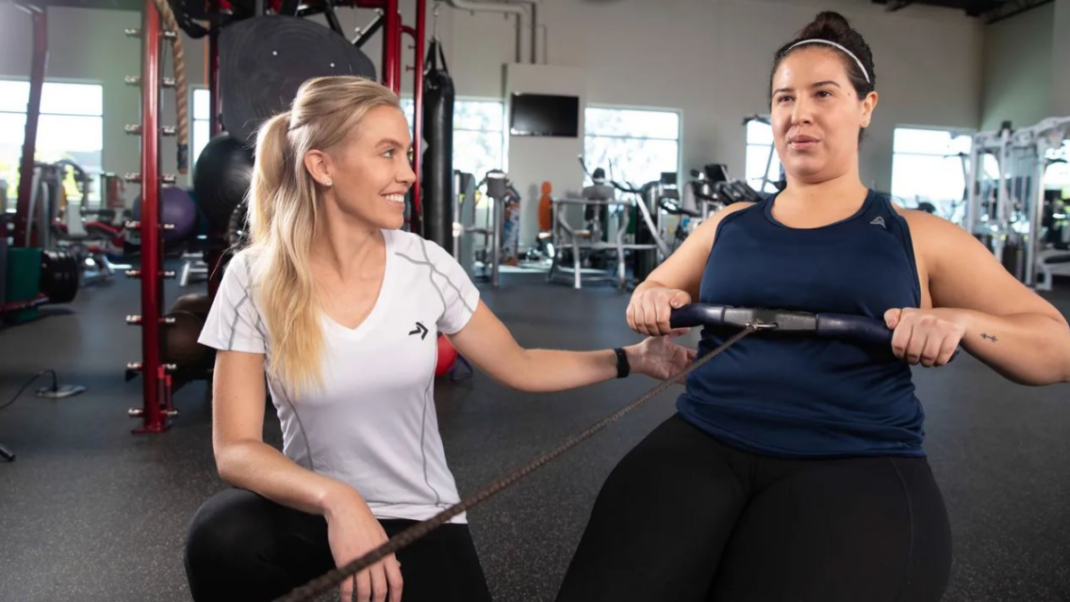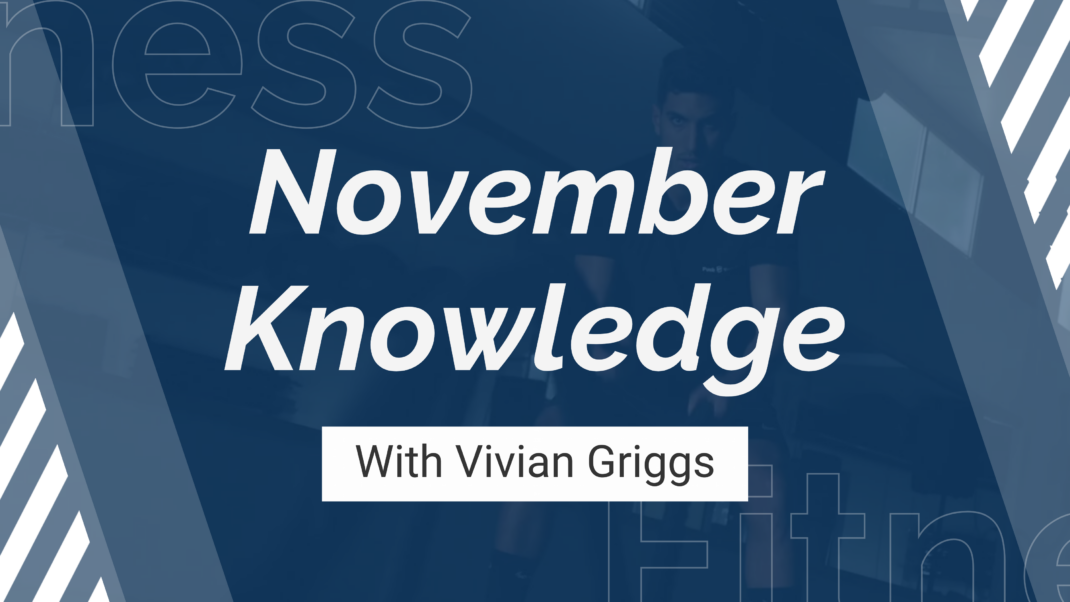Circle of Support
Patty Jones teams with a life coach to ensure that her clients get a personal training program that spells success.
Subject:Patty Jones, NSCA- Certified Personal Trainer
Company:Pathways to Fitness, San Francisco
Types of Clientele. Jones trains clients in the private gyms where she rents space, at clients’ homes and outdoors. On average, she trains about 70% women and 30% men. Most clients are in their mid 30s to late 50s, and many of them have some type of back pain. “When I talk to potential clients who suffer from back problems, I tell them that I have one herniated disk myself, but rarely have pain anymore because of the ongoing exercises I do for my back,” says Jones. “They seem pleased that I can relate to their pain.”
The Importance of Variety. Jones enjoys diverse workouts herself and helps her clients do the same. “I want clients to have fun and learn new activities,” she says. “When we change activities, clients enjoy their sessions more and are motivated to return. I incorporate techniques from disciplines such as Pilates, and sometimes I conduct one-on-one boot camps. Clients love boot camp, and it shows them how much strength they’ve developed from indoor weight training. Offering a variety of options also allows me to stay fresh as a trainer.”
Circle of Support. Jones is always seeking ways to improve her practice as well as address client needs. One of the biggest challenges that she’s faced is keeping clients on track to meet their fitness goals. After discussing this problem with her friend and life coach Howard Miller, they created the Circle of Support Fitness Program. The approach combines a life coach (Miller), who guides, motivates and focuses people on their personal (including emotional and spiritual) goals, and a trainer (Jones), who concentrates on physical development to help clients successfully meet their fitness commitments.
How do clients like the program? Deborah, a successful San Francisco real estate agent who had trouble committing to working out, tried the Circle of Support program. “With [Patty and Howard] focusing on their respective specialties, while at the same time communicating with each other about how I was doing and how they could help me with my specific challenges, I felt like there was this complete circle of support and that I could not fail. I am a regular exerciser today, feel much better about myself and have more energy for my highly demanding career.”
Developing Profit Centers. Jones, who is very savvy thanks to her business management background, constantly thinks about ways to make additional money to handle cash flow challenges and client scheduling fluctuations. One brainchild was a home gym kit she created. The kit is a gym bag with her logo on it, an exercise mat, a stability ball, a medicine ball, a jump rope, tubing, a tube assist—which attaches tubing to doors—a stretching strap and a water bottle. Her clients use the kit to do workouts on their own, and Jones makes a profit from each one. She is also planning to branch off into designing home gyms for new clients.
Biggest Challenge. One of Jones’s greatest frustrations is not “having enough bandwidth,” that is, time to do all she wants to do. She has dozens of great ideas, but lacks the time as a solo trainer to implement all of them. “I’m in an evaluation mode,” she explains. “Do I want to take on a partner? How do I bring in other sources of revenue? How do I make time to grow my business?”
Why She Loves Her Work. Even with the challenges she faces as a trainer, Jones is passionate about her business. “I formerly worked 70- to 80-hour weeks for an e-business company and often felt unappreciated,” Jones says. “While working for myself is not easier than my former job, I feel that my clients really appreciate me,” says Jones. “I love helping people. It’s so rewarding when I work with a client who can’t do even one ab exercise or one push-up and within a month she’s doing multiple sets of each.”






